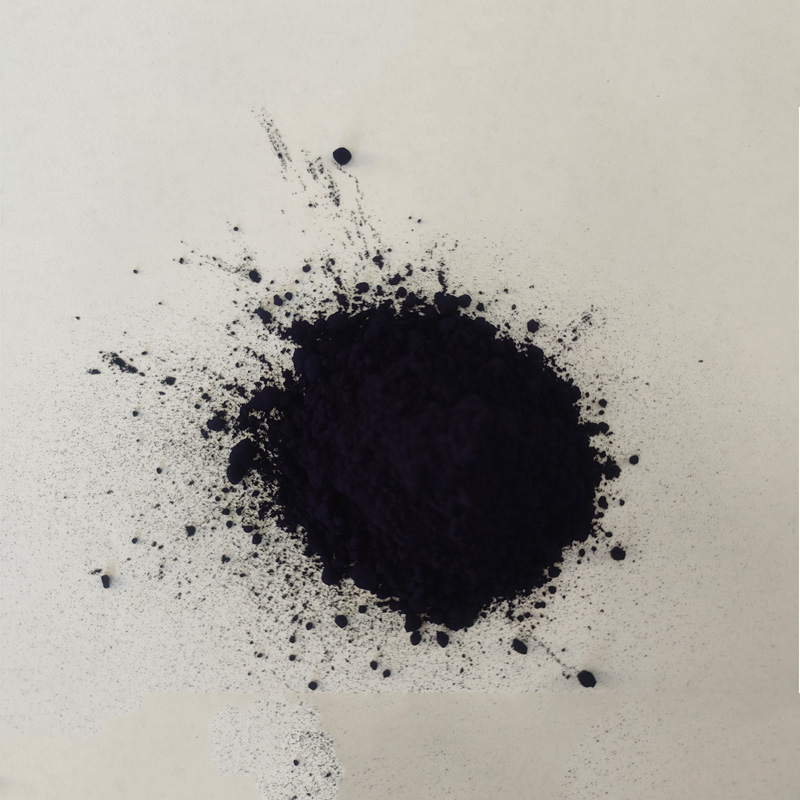buy raw indigo dye
Buying Raw Indigo Dye A Comprehensive Guide
Indigo dye has a rich history that dates back thousands of years, revered for its deep blue color and its significance across various cultures. The use of raw indigo dye has surged in recent years, particularly within the realms of fashion, art, and traditional crafts. This article will explore the various aspects of buying raw indigo dye, from understanding its origins to the practical considerations for artists and makers.
Understanding Indigo Dye
Indigo is derived from the leaves of the Indigofera plant, primarily Indigofera tinctoria. The dye is created through a fermentation process that transforms the leaves into a rich blue pigment. Unlike synthetic dyes, which can pose environmental risks and health hazards, raw indigo is a natural alternative that is safer for both the user and the environment. This makes it appealing for eco-conscious consumers and artisans.
Historically, indigo was treasured for its vibrant hue and was often reserved for royalty and the wealthy. Today, it has found its place in modern fashion and home decor, thanks to a resurgence in interest in traditional dyeing techniques and sustainable materials.
Where to Buy Raw Indigo Dye
When it comes to purchasing raw indigo dye, several options are available. Here are a few avenues to explore
1. Specialty Dye Stores Many art supply stores and fabric shops carry raw indigo dye or can order it for you. It's wise to visit stores known for their natural dye offerings, as they often have knowledgeable staff who can provide guidance on the dyeing process.
2. Online Retailers The internet is a treasure trove for finding raw indigo dye. Websites like Etsy or specialized natural dye suppliers offer a variety of indigo products, from dried leaves to pre-reduced dye powders. When buying online, look for reputable sellers with good reviews and transparent sourcing practices.
3. Farmers' Markets and Craft Fairs Many local artisans grow indigo and make their dyes using traditional methods. Visiting farmers' markets or craft fairs can help you directly connect with these vendors, offering an authentic experience and potentially fresher products.
buy raw indigo dye

4. Workshops and Classes Consider enrolling in workshops or classes focusing on natural dyeing. These sessions often include materials in the course fee, allowing you to purchase indigo directly from experienced artisans who can also provide valuable insight into its use.
Considerations Before Purchasing
Before purchasing raw indigo dye, there are a few factors to keep in mind
1. Form of Dye Indigo can be found in various forms, including whole leaves, powdered dye, and pre-reduced liquid form. Your choice will depend on your intended use and familiarity with dyeing techniques.
2. Quality and Purity Look for high-quality, pure indigo to ensure vibrant color and effective dyeing. If possible, inquire about the sourcing and production methods used by the seller.
3. Safety Precautions While natural, indigo dyeing does require safety precautions. Always work in a well-ventilated area and consider wearing gloves and a mask, especially when handling powdered dye.
4. Storage Indigo should be stored in a cool, dry place, away from direct sunlight, to maintain its potency. Make sure you have appropriate storage containers if you purchase in bulk.
Conclusion
Buying raw indigo dye is not just a purchase—it's an entry into a world of creativity, tradition, and sustainability. With its deep cultural roots and modern resurgence, indigo offers a unique way to connect with history while also contributing to environmentally friendly practices. Whether you are an artist, a textile enthusiast, or simply curious about natural dyeing, exploring the use of raw indigo can open up a palette of possibilities. Do your research, choose quality suppliers, and embark on your dyeing journey; the vibrant world of indigo awaits!
-
The Timeless Art of Denim Indigo Dye
NewsJul.01,2025
-
The Rise of Sulfur Dyed Denim
NewsJul.01,2025
-
The Rich Revival of the Best Indigo Dye
NewsJul.01,2025
-
The Enduring Strength of Sulphur Black
NewsJul.01,2025
-
The Ancient Art of Chinese Indigo Dye
NewsJul.01,2025
-
Industry Power of Indigo
NewsJul.01,2025
-
Black Sulfur is Leading the Next Wave
NewsJul.01,2025

Sulphur Black
1.Name: sulphur black; Sulfur Black; Sulphur Black 1;
2.Structure formula:
3.Molecule formula: C6H4N2O5
4.CAS No.: 1326-82-5
5.HS code: 32041911
6.Product specification:Appearance:black phosphorus flakes; black liquid

Bromo Indigo; Vat Bromo-Indigo; C.I.Vat Blue 5
1.Name: Bromo indigo; Vat bromo-indigo; C.I.Vat blue 5;
2.Structure formula:
3.Molecule formula: C16H6Br4N2O2
4.CAS No.: 2475-31-2
5.HS code: 3204151000 6.Major usage and instruction: Be mainly used to dye cotton fabrics.

Indigo Blue Vat Blue
1.Name: indigo blue,vat blue 1,
2.Structure formula:
3.Molecule formula: C16H10N2O2
4.. CAS No.: 482-89-3
5.Molecule weight: 262.62
6.HS code: 3204151000
7.Major usage and instruction: Be mainly used to dye cotton fabrics.

